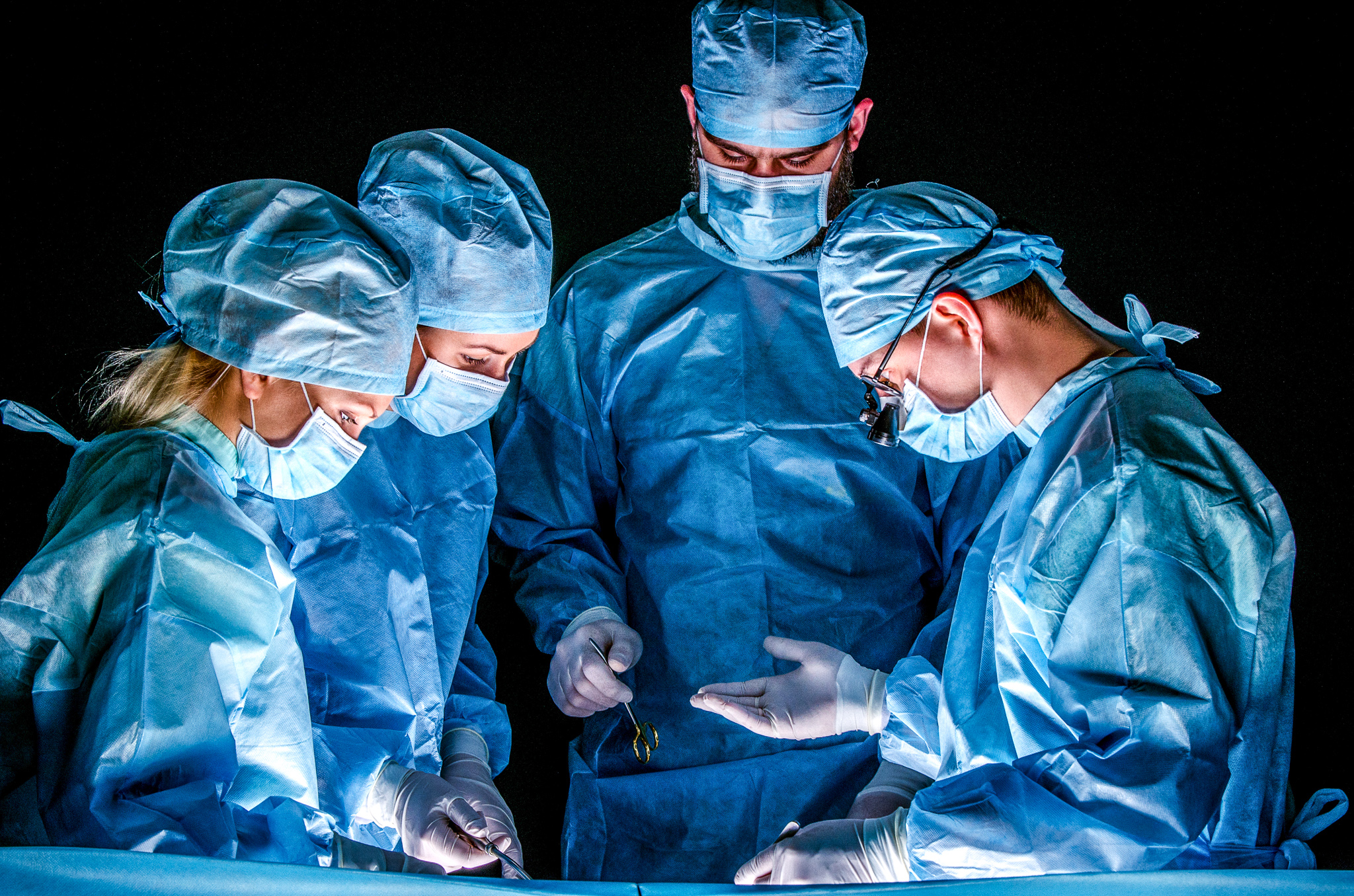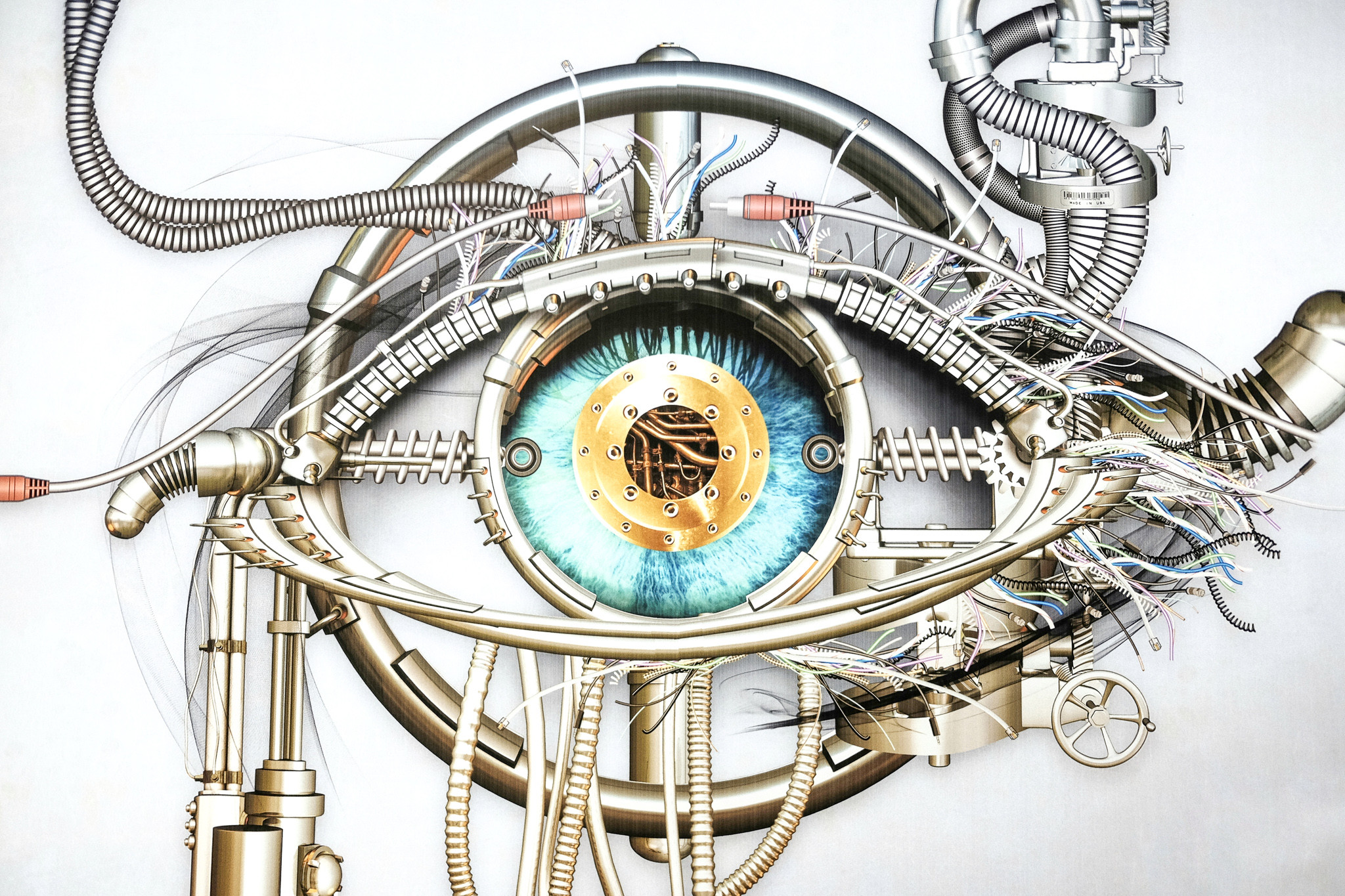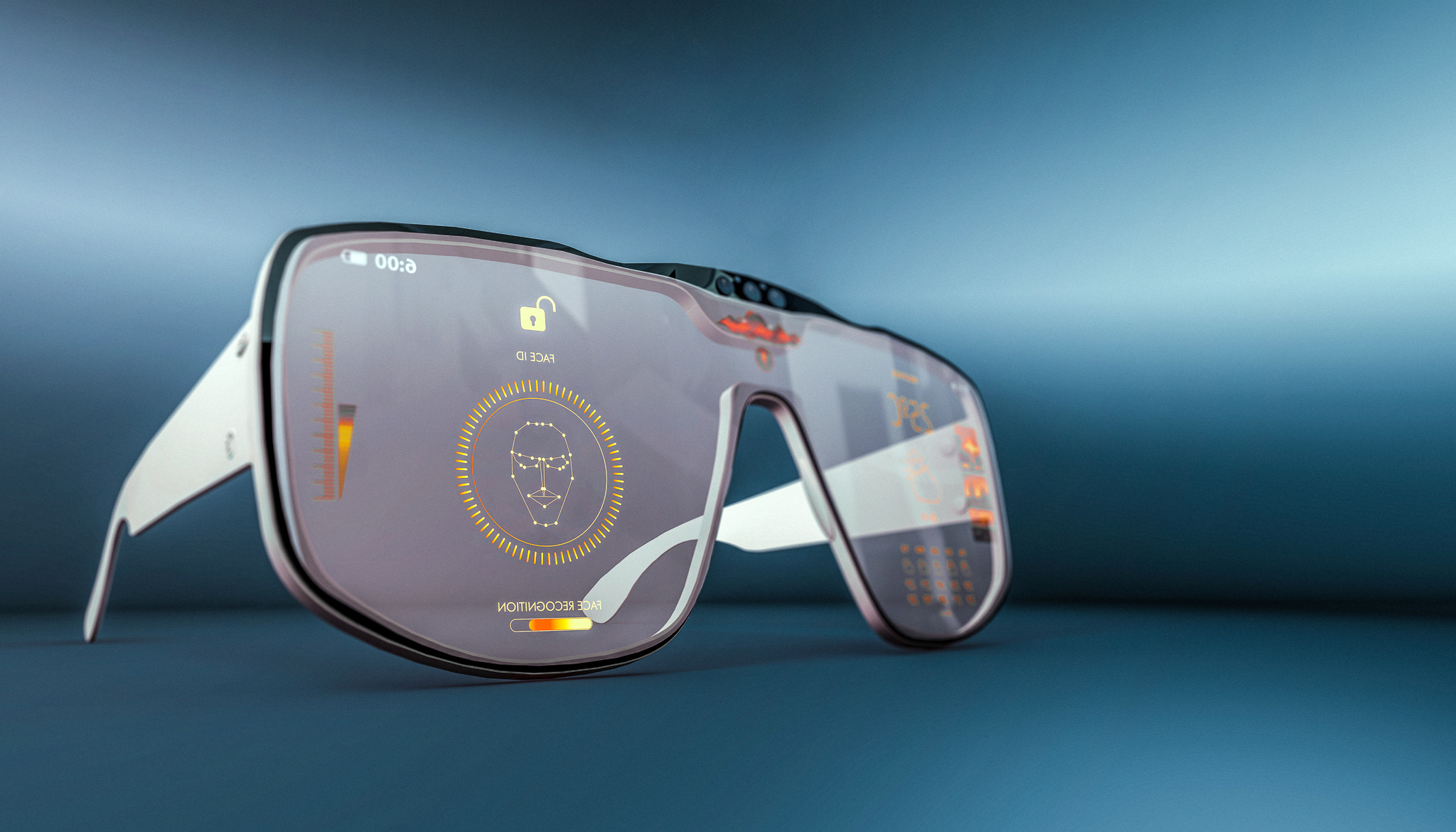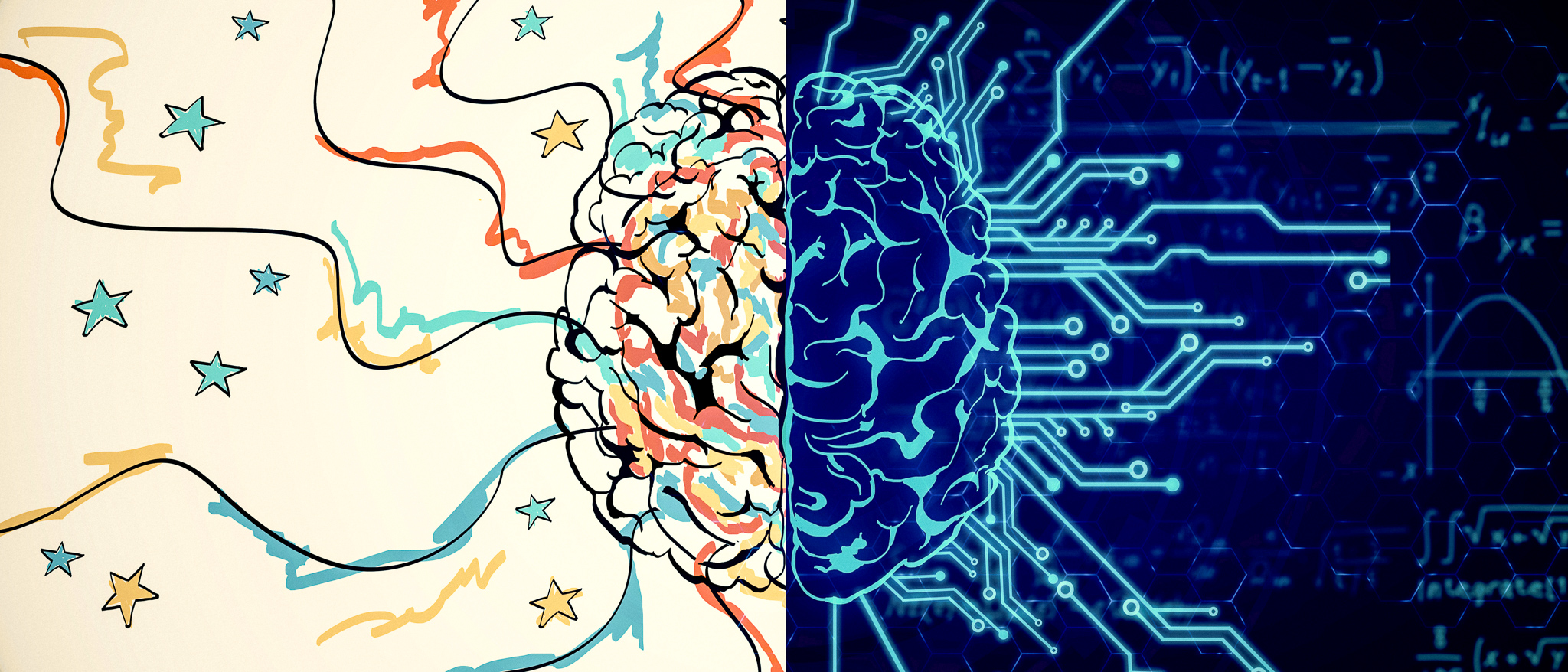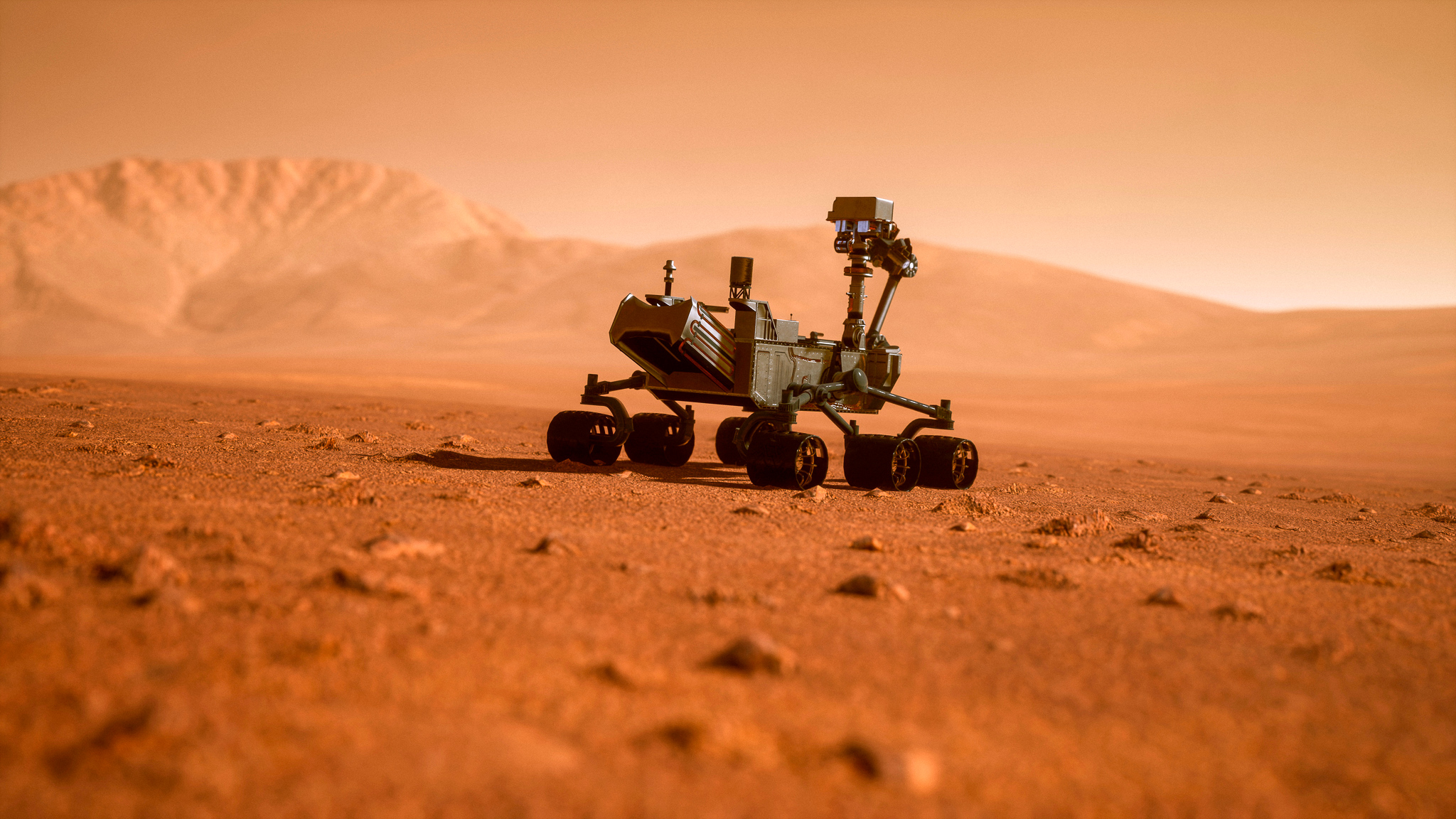Maverick surgeon Dr. Sergio Canavero says a team led by his collaborator in China has “successfully” transferred a head from one human cadaver to another. Details of the surgery, led by a team from Harbin Medical University in China, will be released within days by a surgical journal. Canavero announced at a press conference in Vienna on Friday that the first head swap had taken place.
The first human transplant on human cadavers has been done, says Italian neurosurgeon Sergio Canavero. “A full head swap between brain dead organ donors is the next stage,” he says. According to Canavero, the transfer of heads between corpses took 18 hours, half the anticipated time. Ren, he said, was “absolutely satisfied with the results”.
Fourteen of the freakish pairings survived for an average of 36 hours. “The whole operation preserves the carotid arteries, jugular veins and vertebral arteries,” they reported.
Called HEAVEN, it would see two teams of surgeons cut off the heads of two people. The healthy head would be lifted onto the donor body using a custom-made swivel crane. Surgeons would then reconnect and stitch up the trachea, esophagus, carotid arteries and jugular veins. They link up the spinal cords and wait for the recipient to reawaken, and move and talk.
Italian neurosurgeon Dr. Sergio Canavero says he has developed a way to coax axons and neurons to grow across the gap between two severed spinal cords using a special glue-like substance. Bio-ethicists have accused him of being reckless. There’s no basis for the supposition that the transplanted head — and brain — will retain the person’s mind, personality or consciousness once it’s hooked up to its new body.
“The person will encounter huge difficulties to incorporate [the new body] in its already existing body,” Italian scientists wrote in 2015. The Chinese doctor is promising results from the first test in humans of his special fusogen, dubbed TEXAS-PEG, for repairing damaged spinal cords.
Canavero has said his true goal is to extend human life via brain transplants. “We have worked with those who have suffered too long from the failure of academic groups around the world,” he said at a press conference on Thursday. Observers criticized the science-by-press conference and said he still has offered no evidence that the biggest hurdle — reconnecting the severed spinal cords from two people — has been overcome.
“You can sew dead organs together all you want and say that’s a successful attachment,” Burnett says. Even if it proves technically feasible, there are deeper philosophical questions, he says. If you had someone else’s DNA running through your system, he adds, “who are you?”. Burnett: “If you appreciate the brain is the source of you, then you are the same person”.

